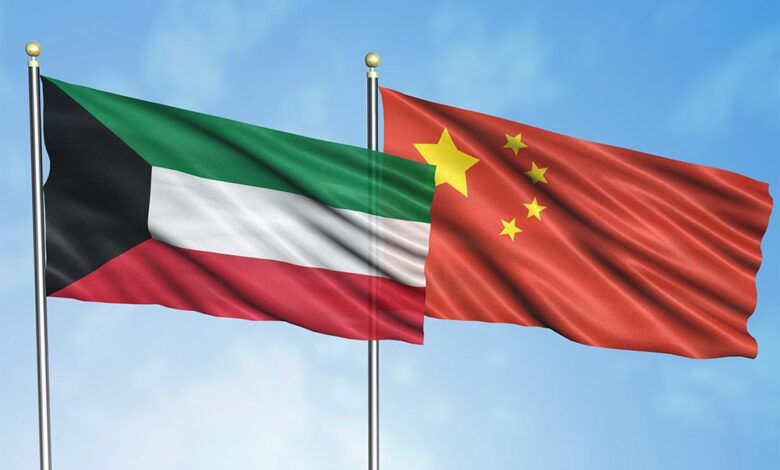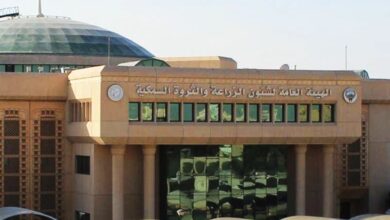Kuwait–China Relations, half a century of cooperation and strategic partnership


By Tariq Yousef Al-Shumaimri
Editor-In-Chief, The Times Kuwait
In 1971, Kuwait became the first Gulf country to establish diplomatic relations with the People’s Republic of China, opening a new chapter in the region’s foreign policy.
This historic step was not accidental, but rather the result of Kuwait’s political vision to diversify its international partnerships, coupled with China’s recognition of Kuwait’s diplomatic and economic role in the Gulf.
Since then, the relations have evolved from political cooperation,economic and energy ties, to the declaration of a ‘strategic partnership’ in 2018. During the first two decades (1971–1990), Kuwait–China relations were primarily focused on diplomatic and political dimensions. Both countries exchanged support during international forums; Kuwait affirmed its commitment to the ‘One China’ principle, while Beijing supported Kuwait’s independence and sovereignty. This stage was largely about building political trust, without major economic presence.
With China’s economic rise in the 1990s and early 2000s, the economic dimension became central to this relationship. China’s growing energy needs made Kuwait a key supplier of crude oil and petroleum products. Conversely, China became a major source of Kuwait’s imports, including manufactured goods, machinery, and electronics.
According to international trade data, Kuwait’s imports from China accounted for around US$7.4 billion in 2023, making Beijing one of Kuwait’s most important trading partners. Kuwaiti exports to China remain primarily crude oil, with energy continuing to drive the economic relationship.
The year 2018 marked a turning point. During an official visit, leaders of both countries declared a ‘strategic partnership’ aimed at deepening cooperation in politics, economy, infrastructure, and culture. This announcement aligned with China’s Belt and Road Initiative and Kuwait’s Vision 2035, positioning Kuwait as a potential gateway for Chinese projects in the Gulf.
One of Kuwait’s most ambitious development projects is Silk City (Madinat Al-Hareer), with a budget estimated in hundreds of billions of dollars. The project aims to transform northern Kuwait into a global financial and commercial hub, attracting significant Chinese interest. Major Chinese companies have expressed readiness to invest and participate in the construction and financing of the city, which is seen as a key link between Kuwait and the Belt and Road Initiative.
Another major project within the scope of Kuwait–China cooperation is the Mubarak Al-Kabeer Port, which has seen official contracts signed with Chinese companies in recent years. This strengthens Kuwait’s role as a logistics hub in the Gulf and the Arabian Sea, supporting its vision to become a regional center for trade.
Despite these ambitions, many joint projects have faced delays and slowdowns, due to several factors, including among others:
- Kuwait’s internal political dynamics, including its parliamentary system and lengthy debates over budgets and laws, which at times delayed implementation of major projects.
- Financing and management challenges for mega-projects like Silk City, requiring massive investments and lengthy negotiations over legal and financial frameworks.
- Kuwait’s sensitive geopolitical position in the Gulf and its complex relations with Western powers and regional neighbors, prompting careful balancing in its ties with China to avoid conflicts of interest.
- Bureaucratic and legislative differences, including divergent labor systems and investment laws, which slowed the execution of some contracts.
Observers see the future of Kuwait–China relations hinging on three scenarios:
Positive scenario: If Kuwait accelerates administrative reforms and facilitates foreign investment, it could open the door to a significant influx of Chinese capital, especially in infrastructure and energy projects.
Likely scenario: Continued gradual cooperation at a steady pace, with China remaining a key trade partner, but slow progress on major projects due to local challenges.
Negative scenario: Any political instability or global economic crisis could trigger further slowdowns or shift Chinese investment priorities elsewhere.
More than fifty years after their establishment, Kuwait–China relations now stand at the threshold of a new stage. The ambitions are vast—from Silk City to Mubarak Al-Kabeer Port, from oil trade to investments in technology and renewable energy.
Yet, the success of these ambitions depends on both sides—and particularly Kuwait’s ability—to translate visions into tangible reality, by overcoming bureaucratic and legislative hurdles and creating an investment-friendly environment.
The future is promising, but it requires decisive action and swift execution to tran sform the Kuwait–China strategic partnership from lofty slogans into concrete achievements on the ground.












